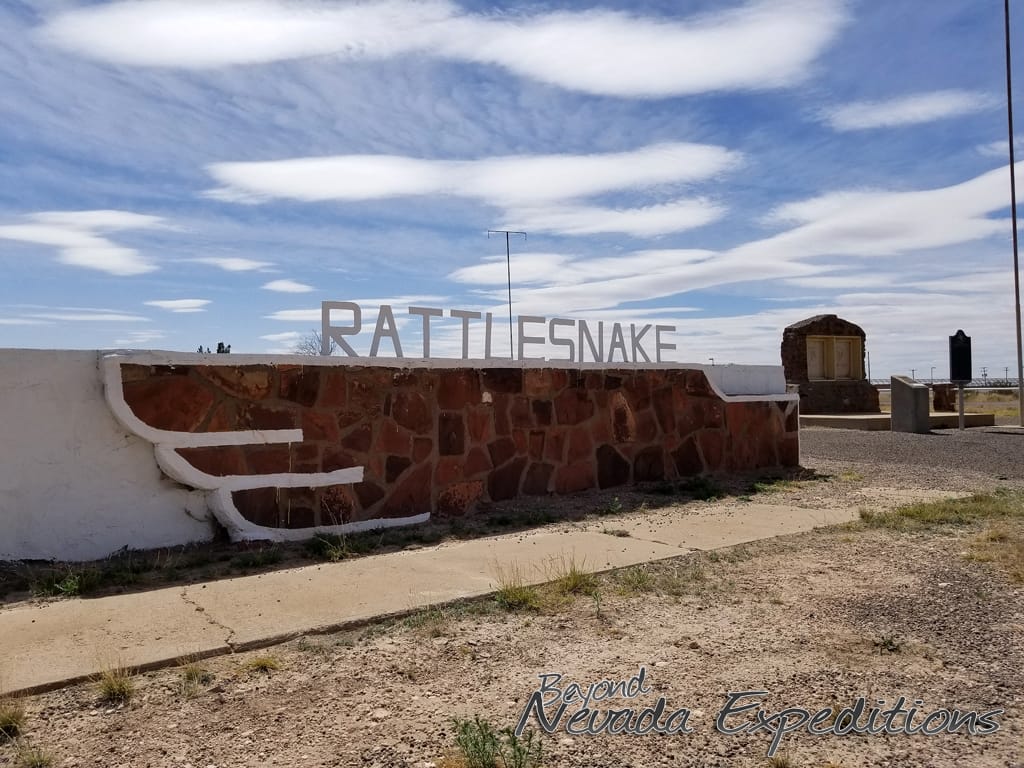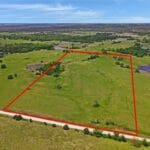Pyote, Texas: A West Texas town whose story intertwines with oil booms, a WWII bomber base, and the legacy of the West Texas State School. Population: 72. Smaller than a city block, yet its history echoes with the roar of bomber engines and the whispers of a bygone era. This isn’t just another ghost town story; it’s a testament to the enduring spirit of a small town grappling with its past while seeking new opportunities for growth. Join us as we unearth the story of Pyote, from its dusty beginnings to its uncertain future.
A Boomtown’s Bust: Pyote’s Early Days
Pyote’s story, much like other West Texas settlements, began humbly as “Pyote Tank,” a watering hole in the arid expanse. The arrival of the telegraph in 1881, strung along the Texas and Pacific Railway, hinted at progress. Then came the oil boom, propelling Pyote’s population to around 3,500. Was this dusty watering hole destined for greatness? The railroad, that symbol of progress, suggested otherwise. Bypassing Pyote, it diverted the flow of commerce and growth, leaving the town stranded. This early setback foreshadowed the cyclical nature of Pyote’s fortunes. Did the name “Pyote” itself, possibly a mispronunciation of “coyote” by Chinese railroad workers, foretell a town forever chasing its elusive destiny? Discover the rich history and vibrant culture of Quapaw Ottawa Oklahoma, a fascinating destination with a unique story to tell.
From Dust to Duty: The Rattlesnake Bomber Base
Just as Pyote seemed destined for obscurity, World War II erupted, thrusting this tiny town onto the global stage. In 1942, the Pyote Army Air Base, later renamed Pyote Air Force Base, arose from the desert. Nicknamed the “Rattlesnake Bomber Base,” this sprawling 2,745-acre installation became a crucial training ground for B-17 bomber crews. The constant drone of engines, perhaps echoing the rattlesnakes that gave the base its nickname, replaced the desert silence. Pyote’s population exploded to nearly 10,000, a bustling hub of wartime activity. Explore the remnants of the “Rattlesnake Bomber Base,” a key WWII training ground, now preserved as a museum showcasing its pivotal role in American history.
Echoes of the Past: Post-War Pyote and the State School
With the war’s end came the inevitable decline. The base closed, the roar of bombers faded, and Pyote’s population plummeted. But the town wasn’t ready to surrender. In 1967, the West Texas State School offered a new beginning, bringing jobs and a renewed sense of purpose. However, its impact remains complex, a story with both positive and negative chapters. What were the challenges faced by residents? How did the institution shape Pyote’s identity? These questions linger, adding another layer to the town’s multifaceted narrative.
Pyote Today: A Whisper in the West Texas Wind
Today, Pyote is a town of just 72 souls, a quiet whisper in the vast expanse of West Texas. Driving along Interstate 20, you might easily miss it. But within this small town lies a history larger than life, preserved by the Rattlesnake Bomber Base Museum. Housed in an original building from the base, the museum offers a tangible link to Pyote’s wartime past. What’s it like to live in Pyote today? What keeps its residents rooted to this patch of desert? These questions deserve exploration, offering a glimpse into small-town resilience in the face of adversity. Explore the charming small-town life and scenic beauty of Reedsville WI, a hidden gem waiting to be discovered.
Visiting Pyote: A Journey Through Time
While Pyote itself offers a glimpse into Texas’ past, nearby Monahans and Pecos provide modern amenities and accommodation options for visitors.
Where to Stay Near Pyote:
| Town | Hotel Options | Approximate Distance from Pyote |
|---|---|---|
| Monahans | Best Western, Hampton Inn, La Quinta, and others | ~20 miles |
| Pecos | Best Western Swiss Clock Inn, Holiday Inn Express, Microtel, and others | ~30 miles |
A drive along US Highway 80, with its faded billboards and windswept landscapes, sets the scene. Pyote isn’t a bustling tourist destination; it’s a place for quiet reflection, for connecting with a piece of Texas history.
Pyote’s Pronunciation and Uncertain Origins
How do you pronounce Pyote? It’s “pie-oat,” rhyming with “riot.” The common mispronunciations, “pee-yote” (like the cactus) and “coy-ote” (like the animal), likely stem from regional influences. The name’s origin remains uncertain, possibly linked to the peyote cactus or a mispronunciation of “coyote” by early railroad workers. This small mystery adds to Pyote’s enigmatic charm.
Pyote’s Uncertain Future: A Town at a Crossroads
Pyote’s future remains uncertain. Can it find a new path forward, blending its rich history with new opportunities? Revitalization efforts are possible, though their success remains to be seen. Pyote’s story, like so many in West Texas, is a testament to resilience. It’s a town that has weathered booms and busts, clinging to the echoes of a vibrant past while seeking a new dawn. Only time will tell what the future holds for this small town with a surprisingly large story.
- Unlocking 2-Letter Words with U: The Definitive Guide - April 4, 2025
- Unlock Words with the Letters THREE: Top Unscramble Tools 2025 - April 4, 2025
- Master Scrabble: X & Z Words for High Scores - April 4, 2025
















